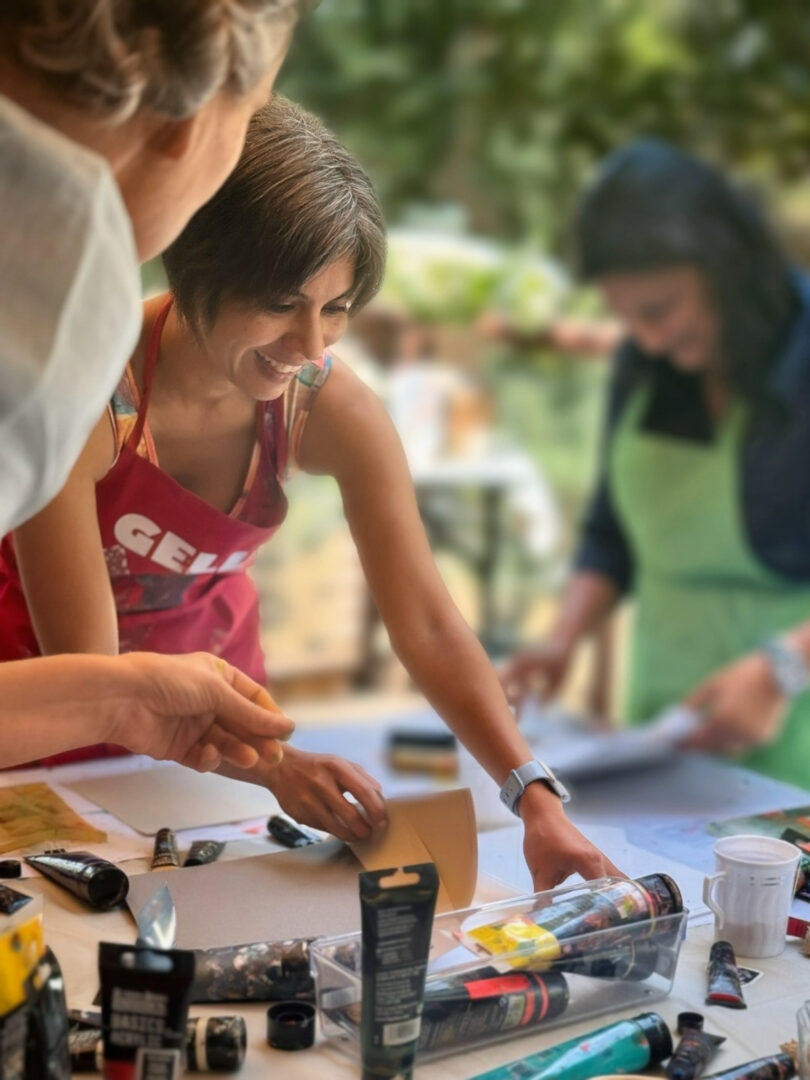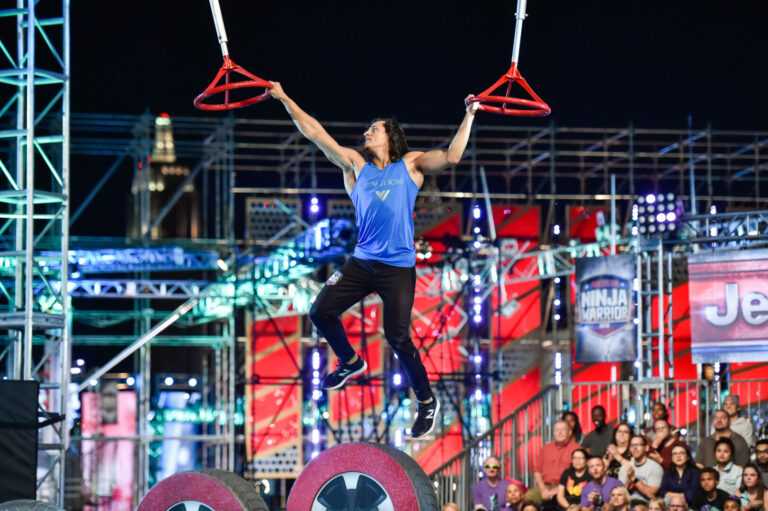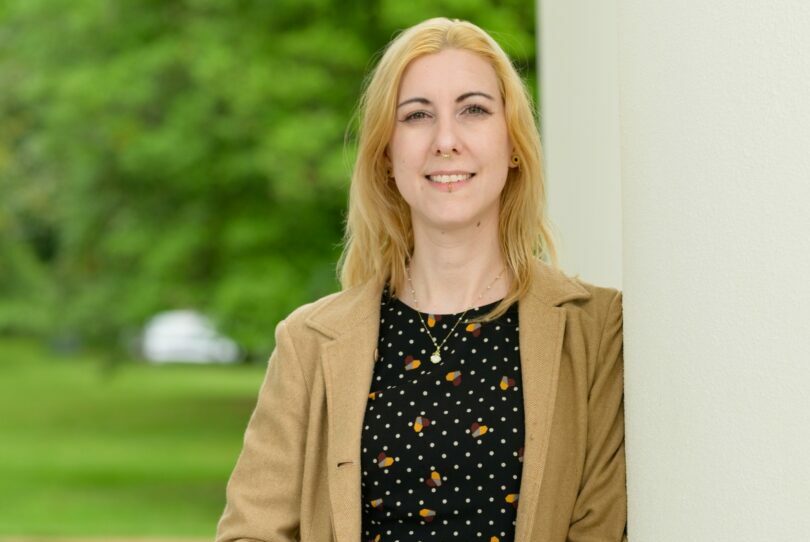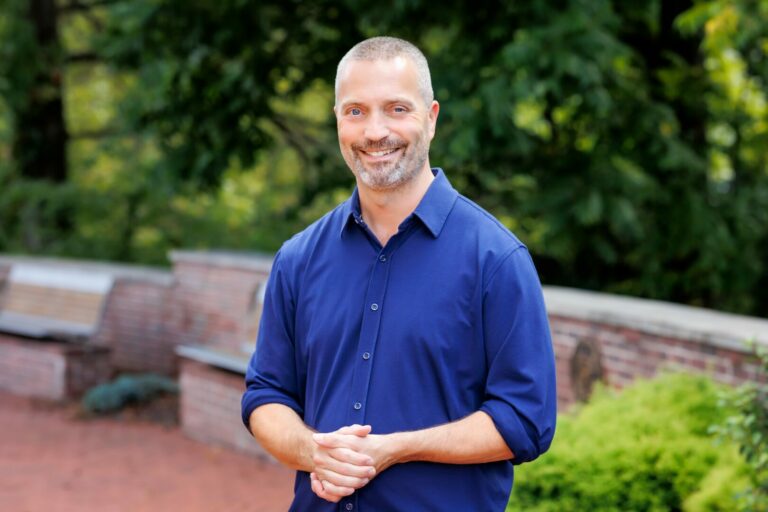We recently had the chance to connect with Mansi and have shared our conversation below.
Mansi, really appreciate you sharing your stories and insights with us. The world would have so much more understanding and empathy if we all were a bit more open about our stories and how they have helped shaped our journey and worldview. Let’s jump in with a fun one: What makes you lose track of time—and find yourself again?
I lose track of time when my hands are busy making tokens for the Ripple Station™—the community kindness box that sits outside my home in Los Altos.
Every morning, I step into my studio with no agenda. Just paper, paint, markers, and whatever wants to emerge. Some days it’s small watercolor bookmarks. Other days it’s hand-painted cards with single words like “brave” or “enough” or “begin.” I’ll look up and realize an hour has passed, or two, and I haven’t checked my phone once. There’s no performance in those moments. No one watching. Just me, the materials, and this quiet conversation between color and intention.
And here’s the beautiful paradox: I find myself again in the letting go. When I walk those finished tokens out to the Ripple Station™ and arrange them in the box for neighbors to discover, I’m not holding onto them as “my art” or proof of anything. I’m releasing them to do what they’re meant to do—remind someone they’re seen. That they matter.
The losing and the finding happen in the same breath. I lose myself in the making. I find myself in the giving.
It’s taught me that presence isn’t about controlling every outcome or performing every moment. It’s about showing up to the small, quiet work that no one applauds but everyone needs. The tokens don’t solve big problems. They don’t change systems. But they do something more intimate—they create a moment of human recognition in a world that moves too fast to notice.
The Ripple Station™ has become my daily reminder that the most meaningful work isn’t always the most visible work. Sometimes it’s just showing up, making something honest, and letting it go.
Can you briefly introduce yourself and share what makes you or your brand unique?
I’m Mansi (pronounced Maan-see), creator of The RIPPLE Practice™—a presence-based approach to meaningful connection through small acts of creative generosity.
Living in Silicon Valley’s relentless buzz, I’ve made a radical choice: presence over speed, depth over performance.
Eight years ago, I had surplus ceramic tiles and a newfound love for fluid art. I started offering hand-painted tokens to store owners in downtown Los Altos, thinking I was just clearing studio space. But the responses told a different story. People didn’t see experimental art—they saw tokens of recognition. Small gestures that said: “I see you.”
That’s when I realized: the ripple doesn’t start when you hand someone a token. It starts the moment you sit down to create it.
Since then, I’ve placed nearly 3,000 handcrafted tokens in the hands of cashiers, janitors, bus drivers, and everyday workers. In August 2025, I created the Ripple Station™ outside my home—a community kindness box where neighbors can pick up tokens, personalize them, and pass them forward. But the tokens are just the vehicle. The real work happens through The RIPPLE Practice™—a six-step methodology that guides people from creative hesitation to generous action. It helps people work through perfectionism and fear so they can make something honest and offer it freely.
My upcoming book, Little Tokens of Love, Big Ripples of Happiness (Schiffer Craft, 2026), is an invitation to practice creative generosity in everyday life.
Through monthly gatherings, workshops, and intimate community spaces, I help people reconnect with their creative courage—not to produce content, but to come home to themselves first, then extend that presence outward.
The most important ripple isn’t the one you create in the world. It’s the one that happens within you—the growing sense that you have something valuable to offer, exactly as you are.
Great, so let’s dive into your journey a bit more. Who saw you clearly before you could see yourself?
My daughter did—without ever saying a word.
It was a bleak weekday afternoon, somewhere between piles of dirty laundry and dirty dishes. I watched my toddler smoosh Tempera paints on our wood floor, deliberately pouring paint where she shouldn’t have, swiping it around, making mud.
Instead of stopping her, I joined her.
She was showing me the world through her eyes—making art with no rules, no color theory, no sense of what art even was. She didn’t have anything to prove, any statement to make, or any canvases to sell. She was simply playing.
That’s when she saw me clearly: not as the mom who cleaned up messes, but as someone who could create them. Not as the person who managed the household, but as someone who could make something beautiful out of chaos. She saw an artist before I could claim that word for myself.
I clutched onto that freedom and held on tight. It became my second lease to life.
Before that afternoon, I carried all the stories about who gets to call themselves an artist—the education, the galleries, the validation. But my daughter showed me a different truth: creating isn’t about credentials. It’s about being willing to make a mess, to play without purpose, to follow joy instead of permission.
What fear has held you back the most in your life?
The fear of disappointing people. Of choosing the “wrong” path. Of not doing what I was supposed to do.
I grew up believing success meant following the script: get the right education, build the respectable career, check all the boxes that prove you made good choices. And for a long time, I did exactly that. I stayed in lanes that felt safe, that made sense on paper, that I was qualified for.
The fear wasn’t just about failing—it was about being selfish. What kind of person throws away a stable, flourishing journalism career to become a stay-at-home mom? Who was I to call myself an artist when I didn’t have the credentials, the training, the permission? I wasn’t afraid of not being good enough. I was afraid of wanting something different than what I was supposed to want.
Now, The RIPPLE Practice™ is born directly from that fear—and the slow work of moving through it. I meet so many people carrying the same weight: the fear that creativity is frivolous, that following joy is selfish, that you need permission to make a different choice.
Next, maybe we can discuss some of your foundational philosophies and views? What are the biggest lies your industry tells itself?
That scale equals impact. That if you’re not growing, you’re dying. That you need thousands of followers to make a difference.
The creative and entrepreneurship world has bought into a dangerous myth: that the only work worth doing is work that reaches millions. We’ve confused visibility with value, audience size with meaningful connection.
I live in Silicon Valley, where this lie is gospel. Every conversation assumes exponential growth. Every pitch deck demands a path to scale. Build it bigger. Move it faster. Optimize for reach.
But I’ve learned, from placing nearly 3,000 hand-painted tokens into the hands of everyday workers, that the deepest ripples often come from the smallest gestures. The cashier who kept my watercolor bookmark in her name tag lanyard for months. The janitor who cried when someone finally saw him. These moments don’t scale—and that’s exactly what makes them sacred.
And perhaps the biggest lie: that creative work needs to be monetized to matter. That if you’re not turning your art into income streams and content calendars, you’re just hobbyist. This thinking turns generosity into strategy and kills the very thing that makes creativity transformative—the freedom to create without needing anything in return.
The RIPPLE Practice™ exists because I stopped believing these lies. I chose small over scalable. Local over viral. Presence over performance. And what I’ve found is that when you stop chasing reach, you finally create resonance.
Okay, we’ve made it essentially to the end. One last question before you go. What is the story you hope people tell about you when you’re gone?
I hope they don’t tell stories about me at all.
I hope they tell stories about the cashier who gave them a hand-painted bookmark when they needed kindness most. About the neighbor who left a token in their mailbox that said exactly what they needed to hear. About the stranger who saw them—really saw them—on an ordinary Tuesday.
I hope The RIPPLE Practice™ becomes so woven into how people show up for each other that no one remembers where it started. That Ripple Stations appear in neighborhoods across the country, and people just think, “Oh, that’s what we do here. We make small things and give them away.”
I don’t need my name attached to the movement. I need the movement to move.
The work I’m doing now—the book, the methodology, the Ripple Station™ outside my home—it’s all planting seeds I’ll never see bloom. And that’s exactly the point. Because the ripples that matter most are the ones we never get to witness. If there’s a story I hope gets told, it’s this: that once, people remembered what it felt like to slow down. To make something with their hands. To offer it without needing credit or applause. To trust that small acts of creative generosity could shift the world in ways no algorithm could measure.
Contact Info:
- Website: http://www.littletokensbigripples.com
- Instagram: https://www.instagram.com/littletokensbigripples/
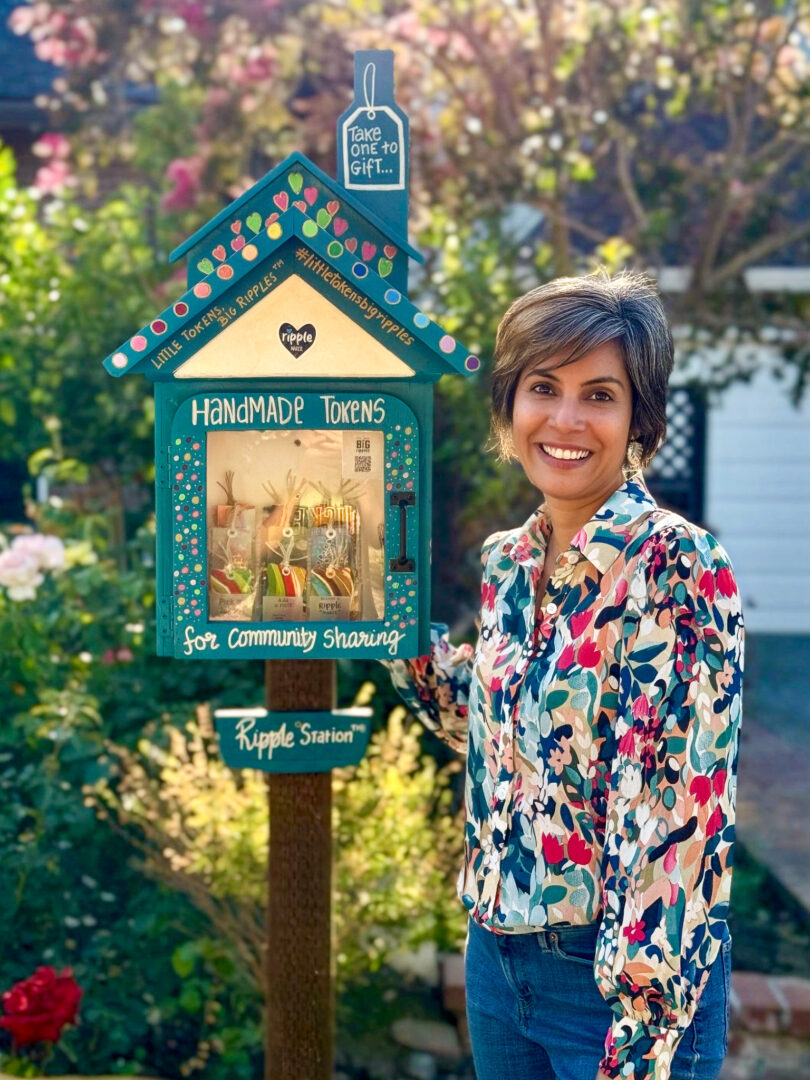
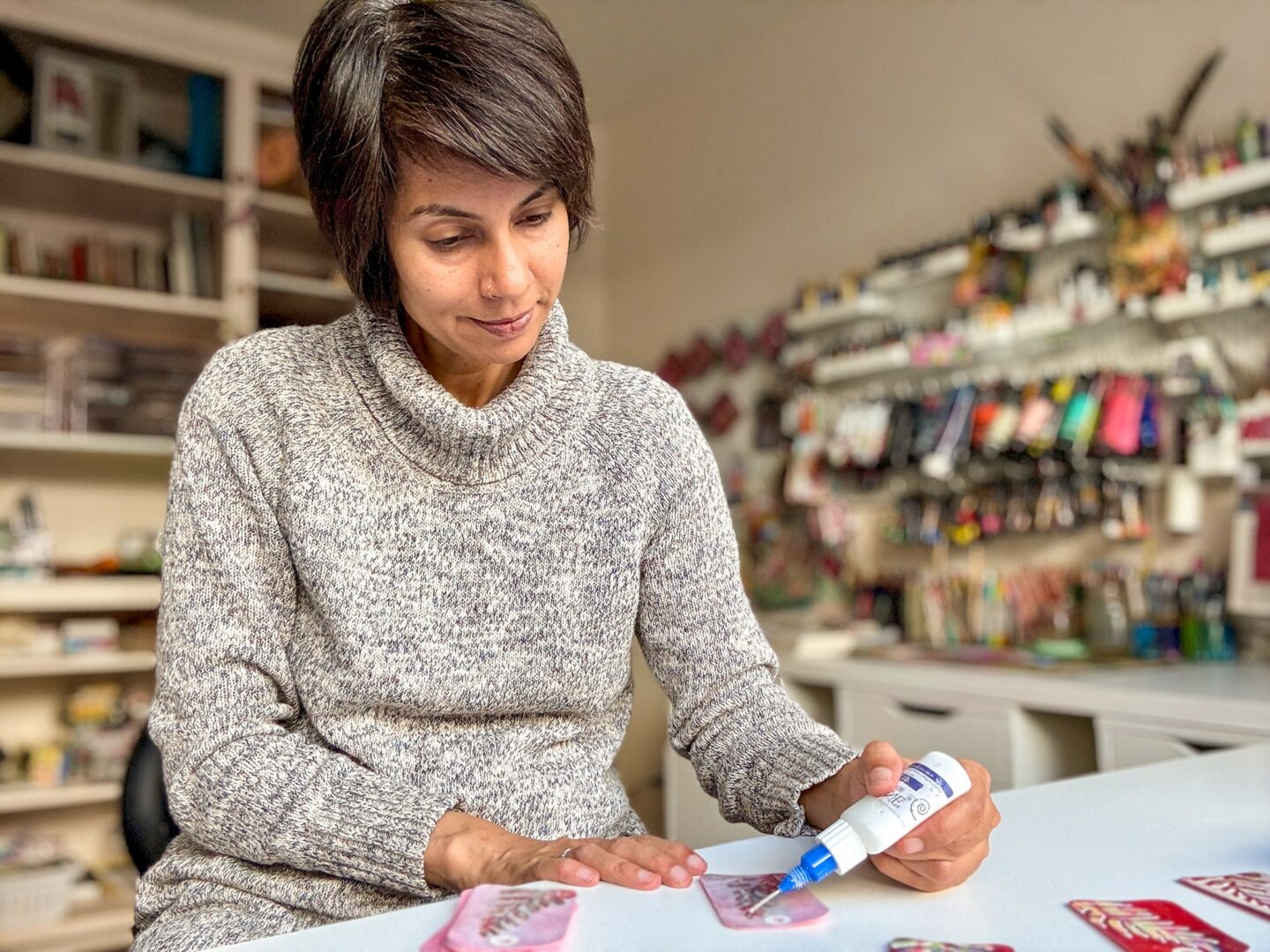
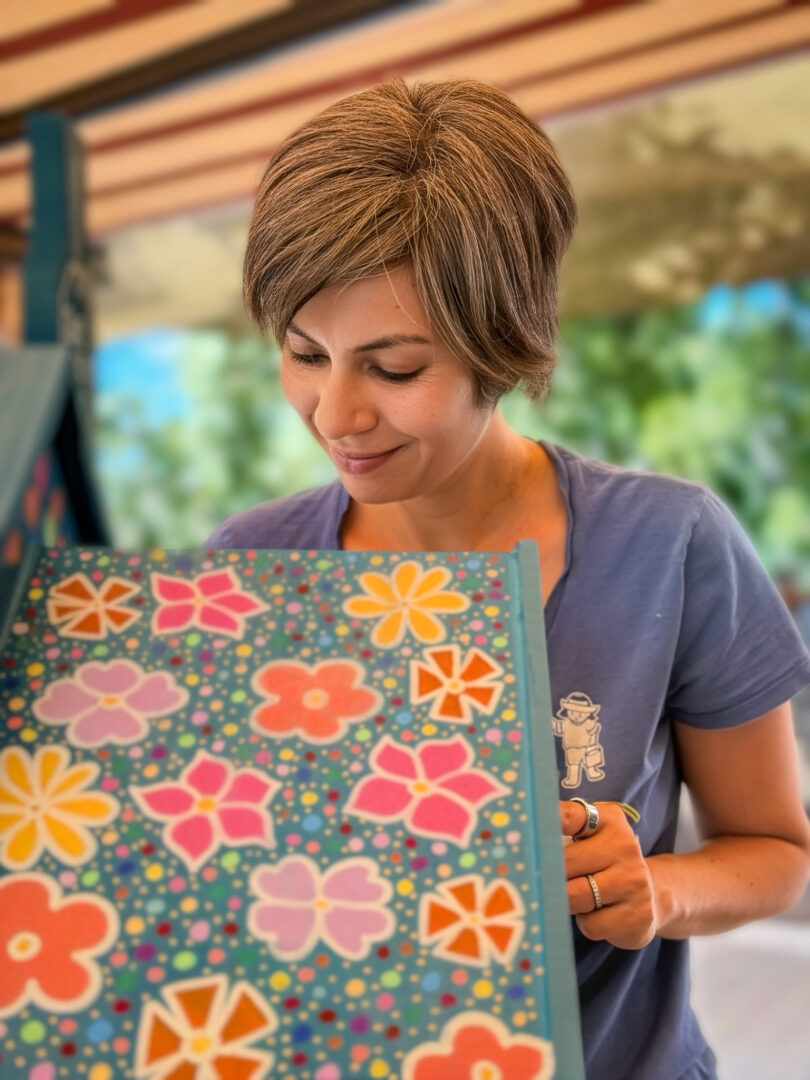
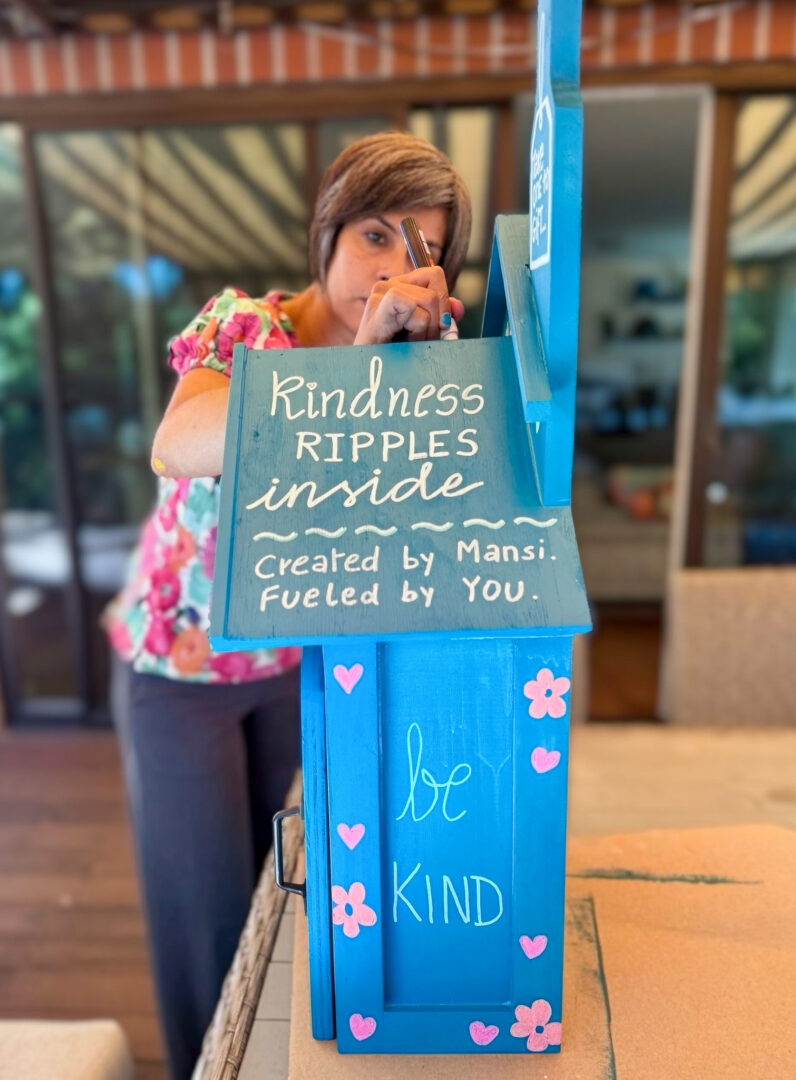

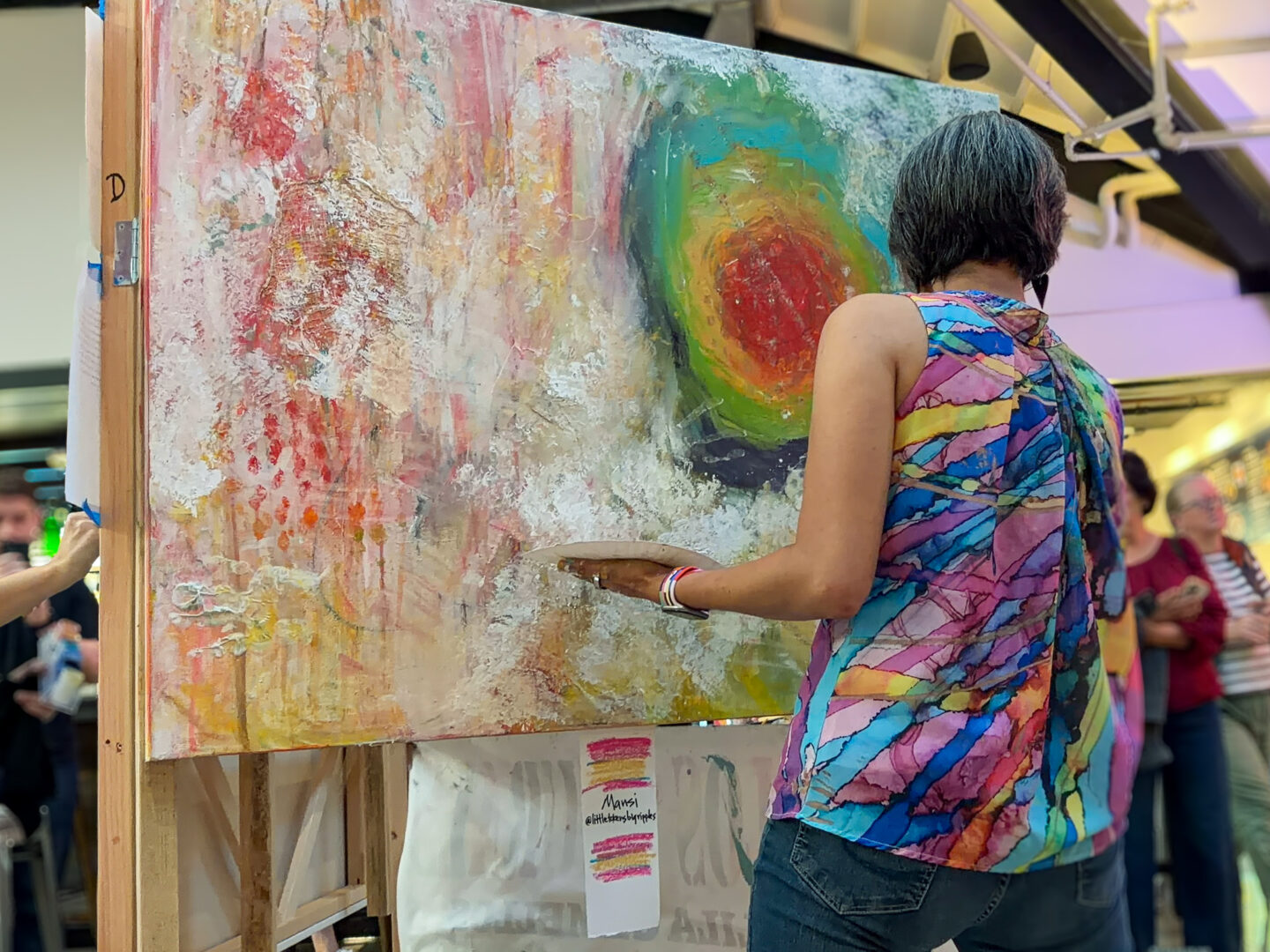
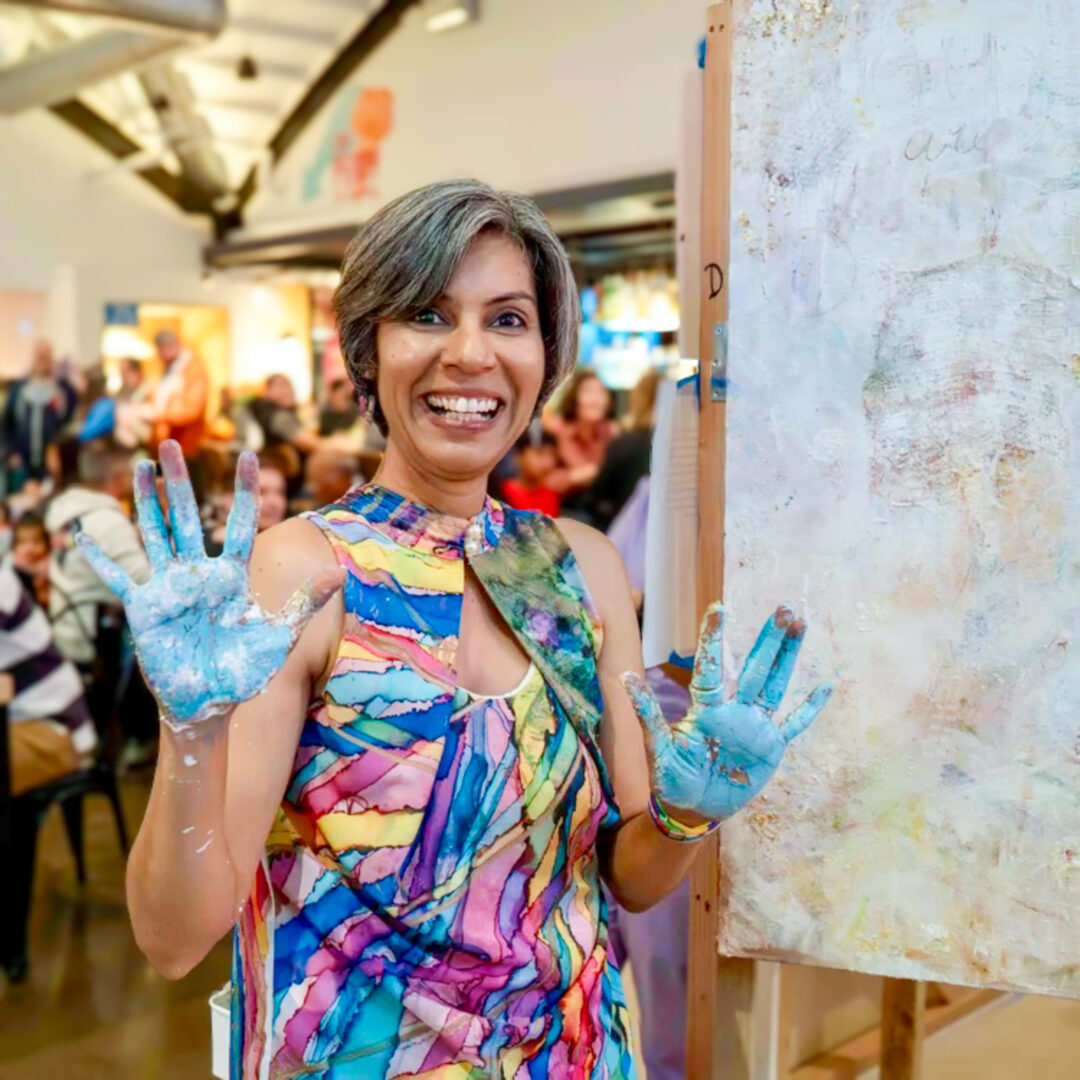

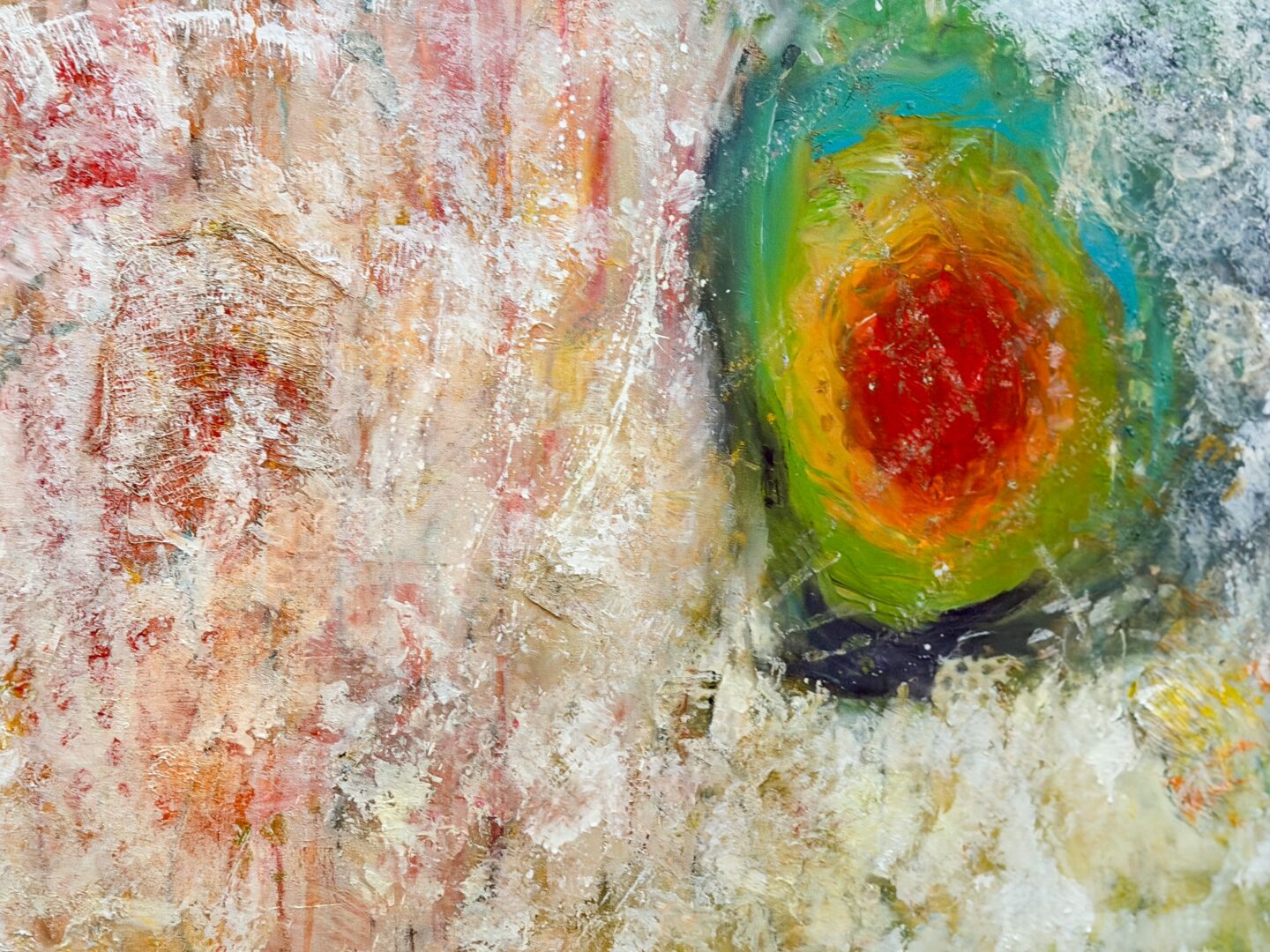
so if you or someone you know deserves recognition please let us know here.

